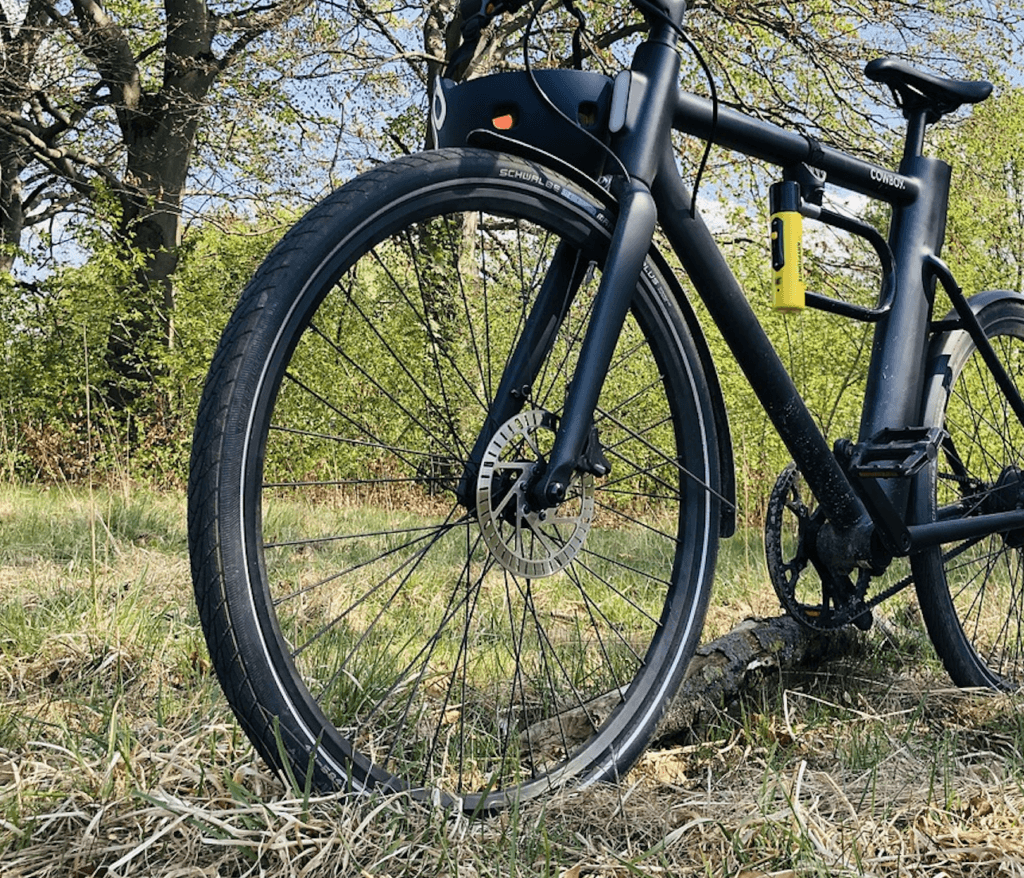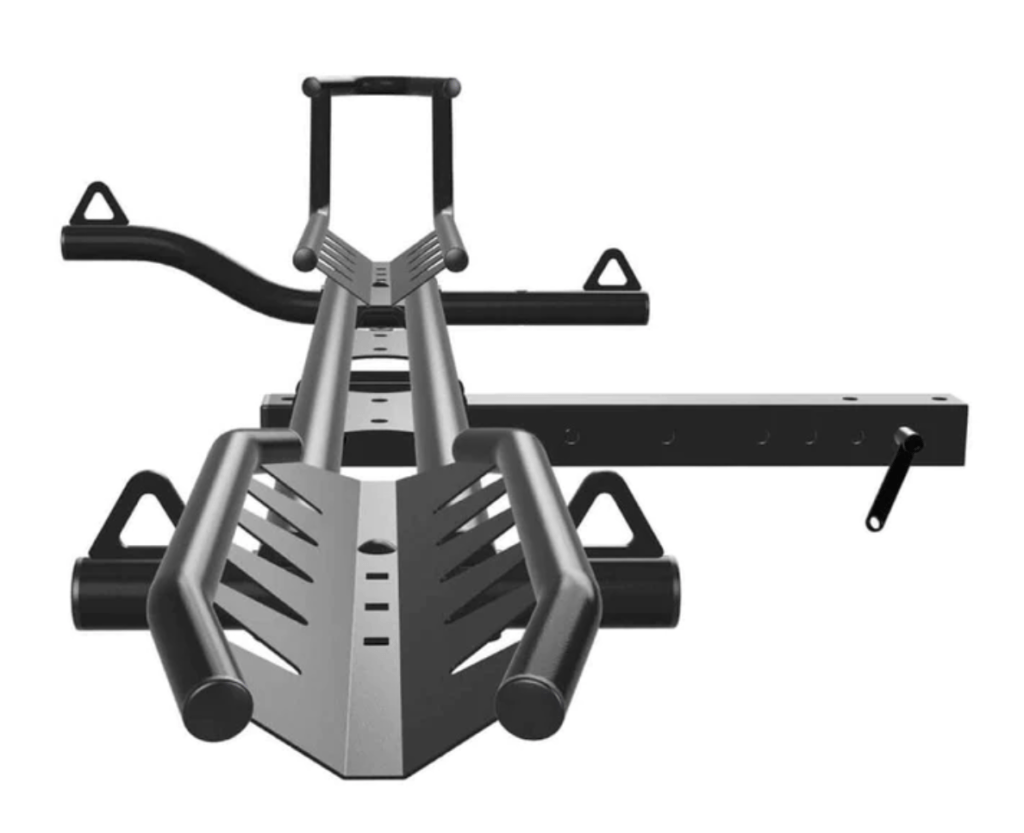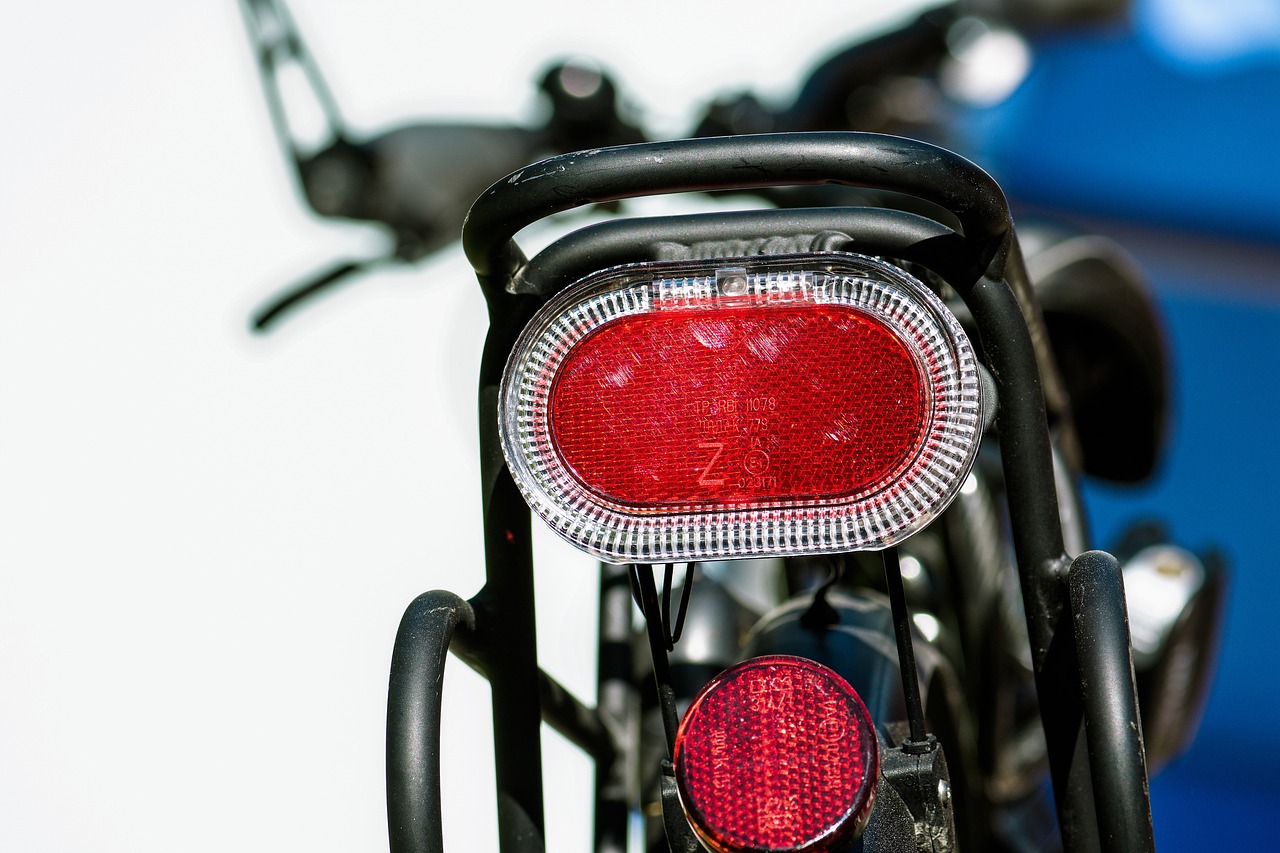If you own an electric bike, odds are the time will eventually come when you need to transport this bike in your vehicle.
And unless you have a folding e-bike (or an unusually large vehicle), you’re best bet will likely be some kind of transportation rack.
With the proper rack, you can conveniently attach your e-bike to the back of your ride and haul it around without having to worry about how you’re going to fit it in your car with whatever other gear you may be taking.
But what kind of rack do you need for an e-bike?
Well, the short answer is that it depends largely on the size and weight of your electric bike, but most folks will likely be best suited by going with a platform-style hitch rack.
If you’re interested in the longer answer, keep reading.
In this guide, I’ll go over everything you need to consider to make sure you get the right kind of vehicle rack to safely accommodate your electric bike.
When shopping for a rack, it’s important to know your e-bike’s weight, tire size, and wheelbase to make sure you find a rack that can safely hold your bike.
Stuff You Need To Know Before You Start Looking For A Rack
There are a few things you need to know before you start shopping and comparing racks.
Most of this info has to do with the shape and size of your e-bike, but you’ll also have to consider the vehicle you’ll be attaching your future rack to as well.
Luckily, the below specs are easy enough to find through your e-bike’s manufacturer.
E-Bike Weight
One of the most important bits of info to know before purchasing a vehicle rack is your e-bike’s total weight because you need to make sure you get a rack that can safely hold your ride.
And e-bikes can vary quite a bit in how much they weigh.
Your bike’s weight will depend largely on its style and tire size, but generally speaking, most e-bikes weigh somewhere between 40 – 70 lb.
But heavier-duty, all-terrain and utility e-bikes can definitely weigh 80 – 90 lb.
And since your average rear bike rack can only handle bikes weighing 30 – 40 lb, it makes a lot of sense to choose a rack that’s designed specifically for e-bikes.

Tire Size
You’ll also need to know your e-bike’s tire size, consisting of both the diameter and thickness.
Knowing your tire size is important because you need to make sure you choose a rack that’ll be able to fit your bike.
We’ll go over the different types of racks down below, but most e-bike racks have a platform that your e-bike’s tires rest in/on.
And since e-bike tires come in different sizes, so do the racks – so knowing your tire size ensures you’ll find a rack that’s compatible.
E-bike tires vary in both diameter and thickness and the size of the tires usually correlates to the kind of e-bike you have.
Common tire diameters include 20″, 24″, 26″, and 28″ and common tire thicknesses include 2″, 3″ and 4″ (tires that are 3-4″ thick are considered “fat”).
FYI, there are fat tire specific racks designed to accommodate rides with larger tires, so if you have one of these bikes don’t worry, there are racks out there that’ll hold ’em.
Wheelbase
Your bike’s wheelbase refers to the distance between the axles and it’s another important measurement to know when looking for a rack.
Just like tire size, knowing this measurement ensures you’ll be able to find a rack that’ll fit your e-bike.
Most racks are adjustable and can hold bikes with varying wheelbases, but you’ll still want to double check before making a purchase.
You could easily measure your e-bike’s wheelbase yourself, but if you want the most accurate info, you can refer to your e-bike brand’s website – check under the “size & fit” section.
Number of E-Bikes You’ll Be Transporting
This is kind of a no-brainer, but it’s still worth mentioning because some racks are able to hold multiple bikes while others aren’t.
If you only need to transport 1 e-bike, you won’t have any trouble finding one to suit your needs.
And yes, there are racks out there capable of handling upwards of 2-3 e-bikes at a time, but these rack’s have to be significantly heavier-duty, so expect them to cost more.
As I was researching for this article I actually came across an automatic rack that can hold up to 3x 90 lb e-bikes at once that was going for around $2k…
That’s a spicy meatball.
Hitch or No Hitch?
It’s important to know all your e-bike’s measurements to ensure you get an appropriate rack, but you also have to consider what kind of vehicle you’re using.
We’ll go into more detail below, but the most common e-bike racks use a hitch.
If you own a trunk or SUV, odds are you already have a hitch installed, but if you’re driving a sedan, you might not.
I know my Camry certainly doesn’t have a hitch attached.
Most cars are compatible with having hitches connected if you wanted to go that route or, depending on the size and weight of your e-bike, you could make do with a rack that doesn’t require a hitch.
If you drive a truck, you’ll have plenty of options for transporting your e-bike.
Types of Racks Available
Ok, that about does it for the info you need regarding your e-bike and ride, so let’s switch gears here and go over the different types of e-bike racks available.

Hitch Racks
As mentioned above, hitch racks are the most popular choice for transporting e-bikes because they’re stable and convenient to use.
As you probably guessed, these racks attach to your vehicle’s hitch, so having a hitch is a necessity when considering this type of rack.
Hitch racks are great because they’re usually quite easy to attach to your car and they often come with higher weight capacities, allowing them to handle bigger, heavier e-bikes.
And unlike a roof rack, you don’t have to figure out how to lift a heavy e-bike over your head to get it mounted either.
Hitch racks come in 2 common styles describing how they hold the bikes: platform and hanging cradle.
With a platform rack, the e-bike’s tires are supported by trays or platforms and with a hanging cradle rack, the bike is supported by its frame.
Platform racks tend to cost more, but you don’t have to worry about the bikes swaying or the frame getting scratched while you’re driving.
Platform racks often come with higher weight capacities as well and can handle step-thru frames without any issues (step-thru frames may need an adapter to be used with a hanging cradle).
When comparing platform racks though, check to see if they have a clamp that attaches over the top of the tires – if your e-bike has fenders, this could interfere with proper clamping.
Opting for a platform rack that uses a frame clamp is usually a better option because these can handle bikes of all shapes, regardless if there are fenders or not.
Regardless, hitch racks are the preferred choice for most e-bike owners (but make sure to check those hitch sizes).
Trunk Mounted Racks
But, if you own a car and don’t want to mess around with the cost or time of having a hitch installed, you may want to consider a trunk mounted rack.
These racks attach to the trunk of your car and support your bike similarly to a hanging cradle.
Trunk mounted racks aren’t a very good option for e-bikes because most can’t handle the weight – most trunk racks have a weight limit of 30-35 lb, while your average e-bike weighs 50 lb or more.
That said, if you had a really light-weight e-bike and you removed the battery, you might be able to technically use a trunk rack.
But again, not a good option for most e-bikes.
Roof Racks
Roof racks don’t make good options for e-bikes either and for basically the same reason.
As their name implies, these racks are located on the roof of your vehicle and they allow you to transport bikes without having to add a hitch or put anything on your trunk.
Of course you do need the storage racks up there, which are really only available on SUV type vehicles, so these racks don’t really work with cars.
Roof racks stabilize the bike from the tires and are usually pretty affordable, but again, they’re aren’t a smart option for e-bikes because you have to be able to get your bike up there to secure it.
And I don’t know about you, but I’m not trying to haul a 60 lb e-bike over head to somehow get it locked onto the top of my vehicle.
Truck Bed Racks
If you drive a truck, you’ve got options when it comes to your hauling needs.
You could go with a hitch rack as mentioned earlier, or you could go with a truck bed rack that takes advantage of the space you got back there.
These racks are easy to install and can often hold multiple bikes easily.
They look a lot like the bike racks you see outside in front of buildings, but of course small enough to fit across the width of your truck’s bed.
You’ll want to pay attention to your tire size to make sure you find a rack that’ll accommodate your bike.
You also have to be comfortable lifting your bike to get it inside your truck bed (or using a ramp).
FAQ
How Do I Put My E-Bike in The Rack?
This depends a lot on the kind of rack you have, but since most of us will likely be going with a platform hitch rack, I’ll go over a few tips for this specific kind of rack.
If you have another person around, you can each simply grab an end of the bike, lift it up together, and place the tires in each of the adjustable trays.
If you’re traveling solo, it can be helpful to lift the front tire up first, place it in the first tray, and then bring the back tire up and secure it in its tray.
Platform racks will have some kind of locking system to secure the tires in place, so make sure these are out of the way before trying to place your bike on the rack.
It’s also a smart idea to remove your battery and any other heavy accessories before lifting to make your job easier (removing the battery also helps deter any would-be bike thieves).
Here’s a great video that goes through the process:
For any other kind of bike rack, refer to the rack’s owners manual for info regarding how to properly place your bike in it.
Should I Remove The Battery Before Putting It On The Rack?
Yes, most certainly.
As mentioned above, removing the battery subtracts a good 6 – 8 pounds from the bike, making it easier to lift, but it also makes it less likely for someone to try and steal your bike while you’re parked.
Can You Put An Electric Bike On a Thule Rack?
Yup, Thule has a bunch of really nice bike racks and several of them can handle electric bikes.
Thule’s EasyFold XT, for example, can handle 2 electric bikes and with a load capacity of 130 lb, each one can weigh up to 65 lb.
It also comes with a built-in loading ramp that makes it a lot easier to get your bike on the ramp.
When comparing Thule racks, just make sure you check out the technical specs mentioned earlier, like weight capacities and tire sizes to make sure you find one that’ll fit your e-bike.
How Heavy Are Most E-Bikes?
Weight varies from bike to bike, but your average e-bike will weigh somewhere between 50 – 70 lb.
The weight will vary depending on the style of bike as well.
Road-style e-bikes or commuters will often weigh more in the 40 – 50 lb range, while fat-tire bikes and utility e-bikes often weigh more in the 60 – 80 lb range.
Having extra accessories like front baskets and rear racks adds to the overall weight as well.
My RadRunner 3 Plus, for example, is a great utility bike, but at roughly 76 lb, it isn’t light.
Are E-Bikes Too Heavy For Roof Racks?
Short answer yes, long answer…. also yes.
Technically speaking, you could put an e-bike on a roof rack, but the logistics of getting it up there and then back down again would be too much trouble.
If you have a really lightweight e-bike and removed the battery, maybe, but again, it’s gonna be hard lifting a heavy bike above your head to get it mounted up there.
But, according to Outside Online, most vehicle roofs can handle about 150 lb, so technically, your roof should be able to handle a 60 lb e-bike.
Can A Regular Bike Rack Hold An E-Bike?
It depends on the rack and the size of your e-bike, but in most cases, probably not.
It’s all about weight and tire size.
Before you use any rack, you need to double check to see what its weight limit is and what size tires it can fit.
If you have a road-style e-bike or a lightweight commuter, you might be close, but considering most traditional bike racks max out with a capacity of around 30 lb, most e-bikes are going to simply be too heavy.
Remember, the average e-bike weighs 50 – 60 lb.
A lot of e-bikes also come with fatter tires, which won’t fit in a regular bike rack.
Are Cars Compatible With E-Bike Racks?
Yes, but you’re most likely going to want to have a hitch installed so you can use a hitch mounted rack.
Hitch racks are by far the easiest and most secure way to transport your e-bikes and if you plan on traveling with your e-bike regularly, it’s probably worth the investment.
Speaking of cost, don’t quote me on this, but you’re probably looking at a few hundred bucks to have a hitch installed on your car (plus the cost of the hitch itself).




